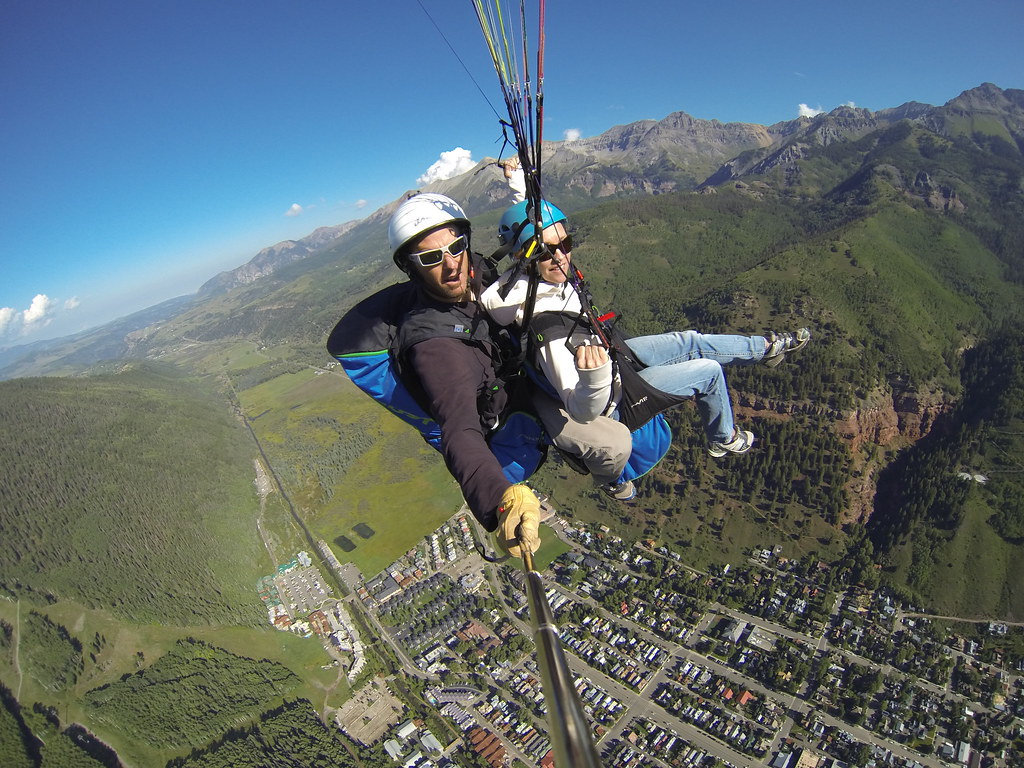

I’m curious if any readers relate, or how you’d construct a similar list. I’ll share some of the self-help self-analysis below-the notes I jotted down in list format-even though I’m a bit embarrassed because these lists come across as overly self-absorbed and trite. One overriding goal I have now is to recognize and nurture the positive reasons for running and racing ultras, and try to work through and let go of the negative ones. But, a few less-healthy reasons grounded in fear or insecurity also push me. I engaged in ultrarunning navel-gazing while working through Mental Training for Ultrarunning, a sports psychology workbook by top runner Addie Bracy that has a chapter devoted to analyzing and fine-tuning one’s “why” for long-distance running and racing.ĭoing that workbook’s exercises helped me understand that my two-decade-long involvement in the sport has been driven mostly by healthy and positive reasons. But why embark on another year devoted to so much running? Is this the best use of time and energy? These are the questions that gnaw at me. I’m blessed to have the health and opportunities to do this. Photo courtesy Mile 90 Photography/Jordan Chapell photographer. Much of my training and racing this season is motivated by the desire to return to this race that I love and lower my time. Maybe I’m overthinking this entirely? Perhaps, but let me drill down a bit, because I know other ultrarunners grapple with their commitment and purpose too.Ī shot from last year’s High Lonesome 100. My conscience is bugging me, therefore, because it seems at times quite frivolous, escapist, and privileged to run for hours and hours during tough times (or in any times?), making me feel as if I should do extra meaningful and productive work outside of running to justify it. Running just a fraction of the mileage that I do would keep me plenty healthy. I also don’t need to run ultra distances for physical health. Now, I compete mainly with myself rather than against others to perform my best under the circumstances. The last time I gave a race my all and won it-the self-supported weeklong 2019 Grand to Grand Ultra, at age 50-it felt incredibly gratifying, like a lifetime achievement award, because I knew my place at races going forward would be in the midpack, and I needed to make peace with that. I’m also not a significant competitor, as I once aspired to be. It’s not like I need to prove anything or take on these challenges to test my limits I’ve run these and other races like them in the past. I’ve been puzzling over the psychological and practical reasons for committing to these events. San Juan Solstice 50 (Lake City), June 25 My race lineup looks as bold as any past year’s: “I’m kind of wondering what I’ve gotten myself into,” I told Christina after describing the litany of ultras on this year’s calendar.

Twin Peaks-the summit sticking up in the background-is on the Ouray 100 route and one of the peaks I like to reach during summer. Feeling stiff and drained during and after a run has become more the norm.Ĭhristina and me at the base of Camp Bird Road last weekend. I don’t take this feel-good runner’s “high”-a calm contentment for me these days-for granted. It felt good to feel good running, period. It felt good to be back here (an hour’s drive from my home). Ouray has an enduring spirit of hard work mixed with adventure and risk-taking. I also picture my dad, who would drive us down this road in the mid-1970s in his truck-my siblings and me bouncing in the back-on the tail end of a day trip on a mountain pass to get to the Ouray Hot Springs.Īs always, picturing them, I think about the passage of time and mortality. (Then he let the horse loose horses served as “self-returning taxis” for miners and knew to run back down this road to the town stable.) He rented a horse from Ouray’s livery to ride up to Camp Bird Mine in the winter of 1932, where he worked underground operating a hoist and busting up rock, as detailed in his memoir One Man’s West. As a young man, he left Stanford Law School to land a scarce job here during the Depression. Whenever I’m here, I flash back on race experiences along this road, but I also picture my grandpa riding a skittish horse through snow along the way. A stock photo of Camp Bird Road, with its striking rock overhangs, in summertime.


 0 kommentar(er)
0 kommentar(er)
